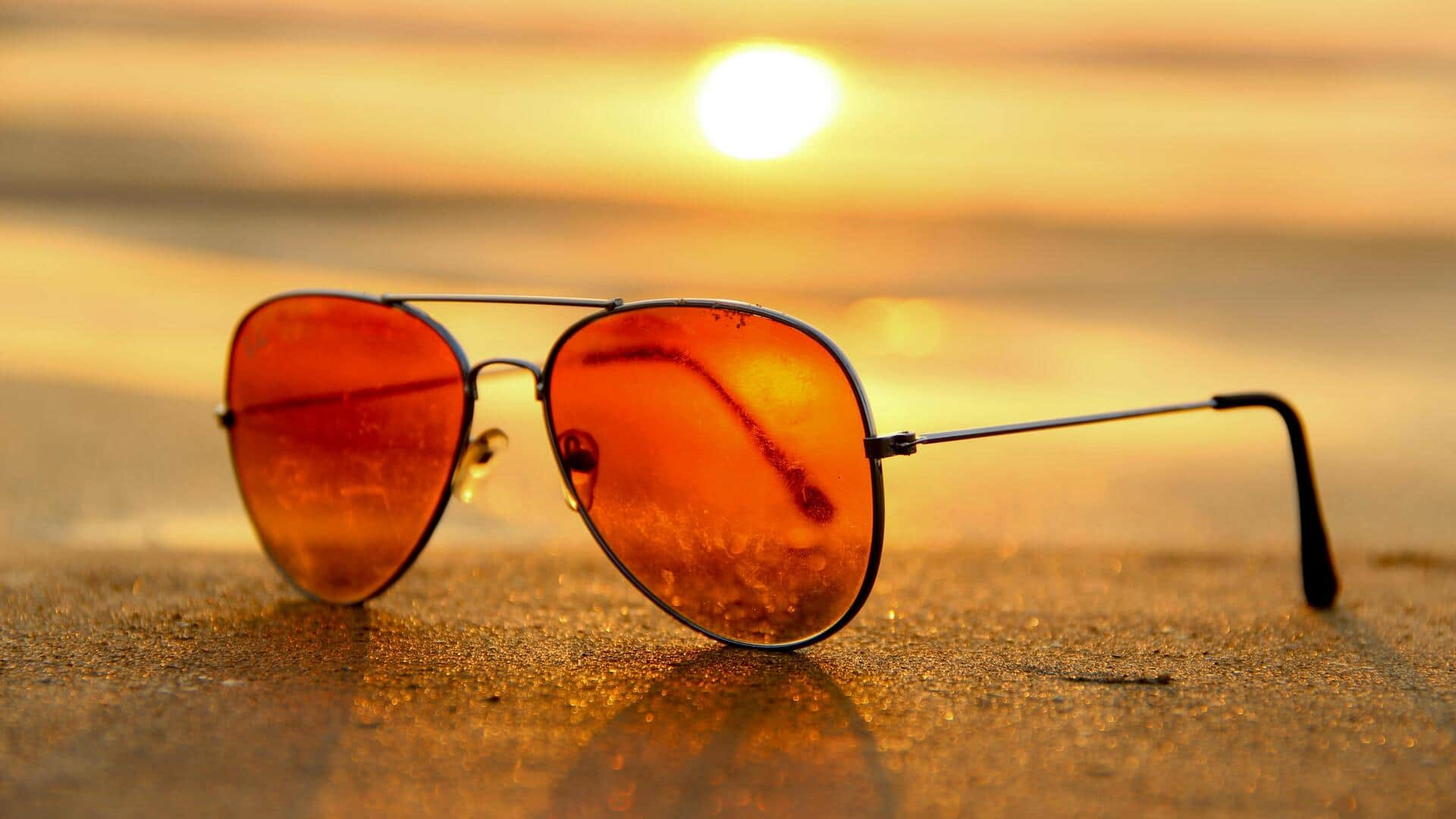
Sunglasses and eye strain: Myth v/s facts
What's the story
Sunglasses are primarily a fashion accessory, but they also serve an important purpose for the eyes. Many think wearing sunglasses can prevent eye strain, but there are several myths and facts about the same. Knowing the truth about how sunglasses affect eye strain can help you make a better choice about your eyewear. Here are some misconceptions and truths about sunglasses and eye strain.
#1
Myth: All sunglasses prevent eye strain
Not all sunglasses are created equal to prevent eye strain. While many assume any pair of tinted lenses will do the job, only those with proper UV protection can effectively reduce glare and protect eyes from harmful rays. Sunglasses without UV protection may actually do more harm than good by allowing pupils to dilate, increasing exposure to harmful light.
#2
Fact: Polarized lenses reduce glare
Polarized lenses are specifically designed to minimize glare from reflective surfaces such as water or roads. This makes them particularly effective in minimizing eye strain when participating in outdoor activities like driving or fishing. By filtering out horizontal light waves, polarized lenses offer clearer vision and less squinting, which helps relieve discomfort from prolonged exposure to bright environments.
#3
Myth: Darker lenses offer better protection
A common misconception is that darker lenses offer better protection against eye strain. However, lens darkness doesn't correlate with UV protection levels. In fact, very dark lenses without adequate UV filtering can lead to increased pupil dilation, resulting in greater exposure to harmful rays. It's essential to choose sunglasses based on their ability to block 100% of UVA and UVB rays rather than lens color alone.
#4
Fact: Wraparound styles provide more coverage
Wraparound sunglasses provide more extensive coverage than regular styles by preventing peripheral light from entering the eyes. This design limits overall light exposure and reduces the chances of experiencing eye strain from scattered sunlight coming in from the sides of regular frames. For people who will be outdoors for long, wraparound styles can be a great option for additional protection against direct sunlight and reflected glare.